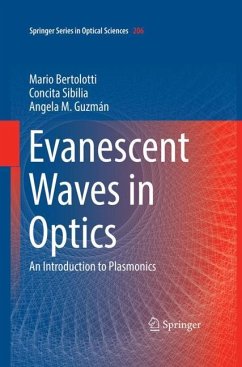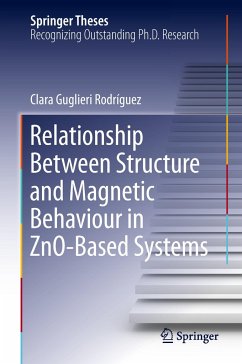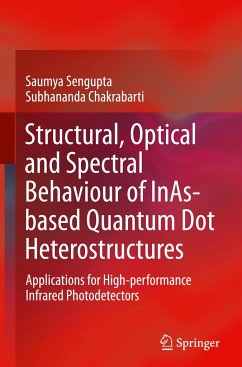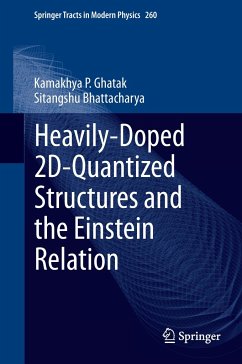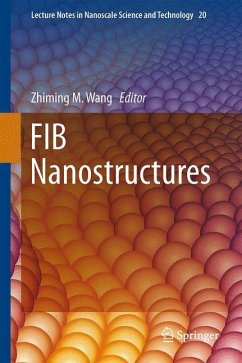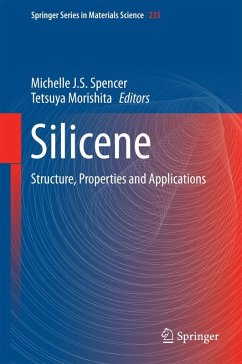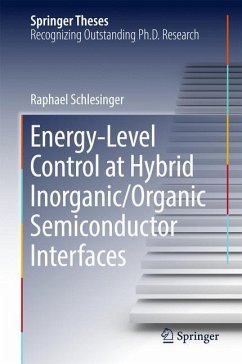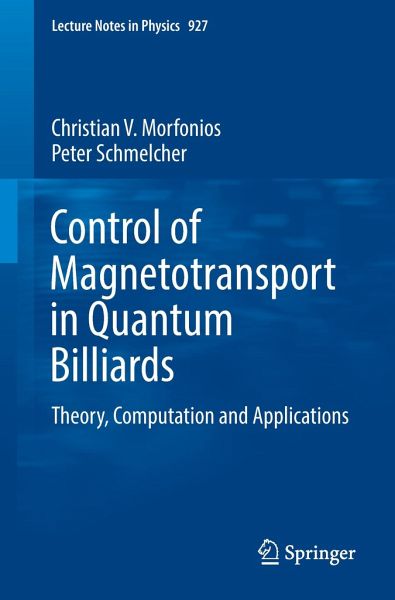
Control of Magnetotransport in Quantum Billiards
Theory, Computation and Applications

PAYBACK Punkte
17 °P sammeln!
In this book the coherent quantum transport of electrons through two-dimensional mesoscopic structures is explored in dependence of the interplay between the confining geometry and the impact of applied magnetic fields, aiming at conductance controllability.After a top-down, insightful presentation of the elements of mesoscopic devices and transport theory, a computational technique which treats multiterminal structures of arbitrary geometry and topology is developed. The method relies on the modular assembly of the electronic propagators of subsystems which are inter- or intra-connected provi...
In this book the coherent quantum transport of electrons through two-dimensional mesoscopic structures is explored in dependence of the interplay between the confining geometry and the impact of applied magnetic fields, aiming at conductance controllability.
After a top-down, insightful presentation of the elements of mesoscopic devices and transport theory, a computational technique which treats multiterminal structures of arbitrary geometry and topology is developed. The method relies on the modular assembly of the electronic propagators of subsystems which are inter- or intra-connected providing large flexibility in system setups combined with high computational efficiency. Conductance control is first demonstrated for elongated quantum billiards and arrays thereof where a weak magnetic field tunes the current by phase modulation of interfering lead-coupled states geometrically separated from confined states. Soft-wall potentials are then employed for efficient and robust conductance switching by isolating energy persistent, collimated or magnetically deflected electron paths from Fano resonances. In a multiterminal configuration, the guiding and focusing property of curved boundary sections enables magnetically controlled directional transport with input electron waves flowing exclusively to selected outputs. Together with a comprehensive analysis of characteristic transport features and spatial distributions of scattering states, the results demonstrate the geometrically assisted design of magnetoconductance control elements in the linear response regime.
After a top-down, insightful presentation of the elements of mesoscopic devices and transport theory, a computational technique which treats multiterminal structures of arbitrary geometry and topology is developed. The method relies on the modular assembly of the electronic propagators of subsystems which are inter- or intra-connected providing large flexibility in system setups combined with high computational efficiency. Conductance control is first demonstrated for elongated quantum billiards and arrays thereof where a weak magnetic field tunes the current by phase modulation of interfering lead-coupled states geometrically separated from confined states. Soft-wall potentials are then employed for efficient and robust conductance switching by isolating energy persistent, collimated or magnetically deflected electron paths from Fano resonances. In a multiterminal configuration, the guiding and focusing property of curved boundary sections enables magnetically controlled directional transport with input electron waves flowing exclusively to selected outputs. Together with a comprehensive analysis of characteristic transport features and spatial distributions of scattering states, the results demonstrate the geometrically assisted design of magnetoconductance control elements in the linear response regime.





